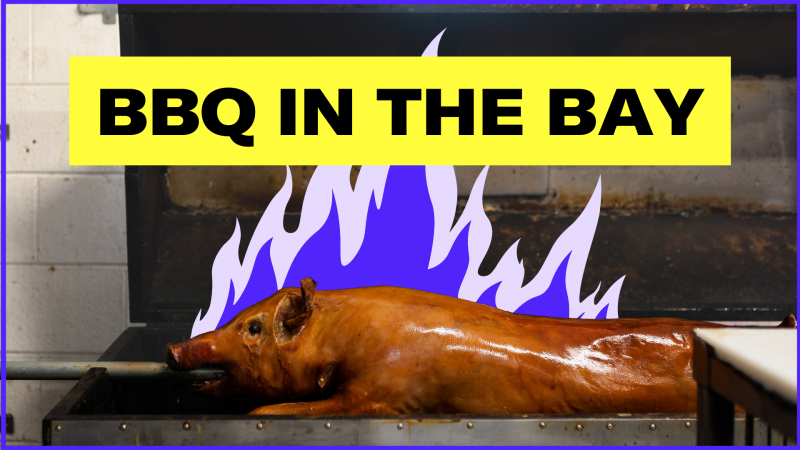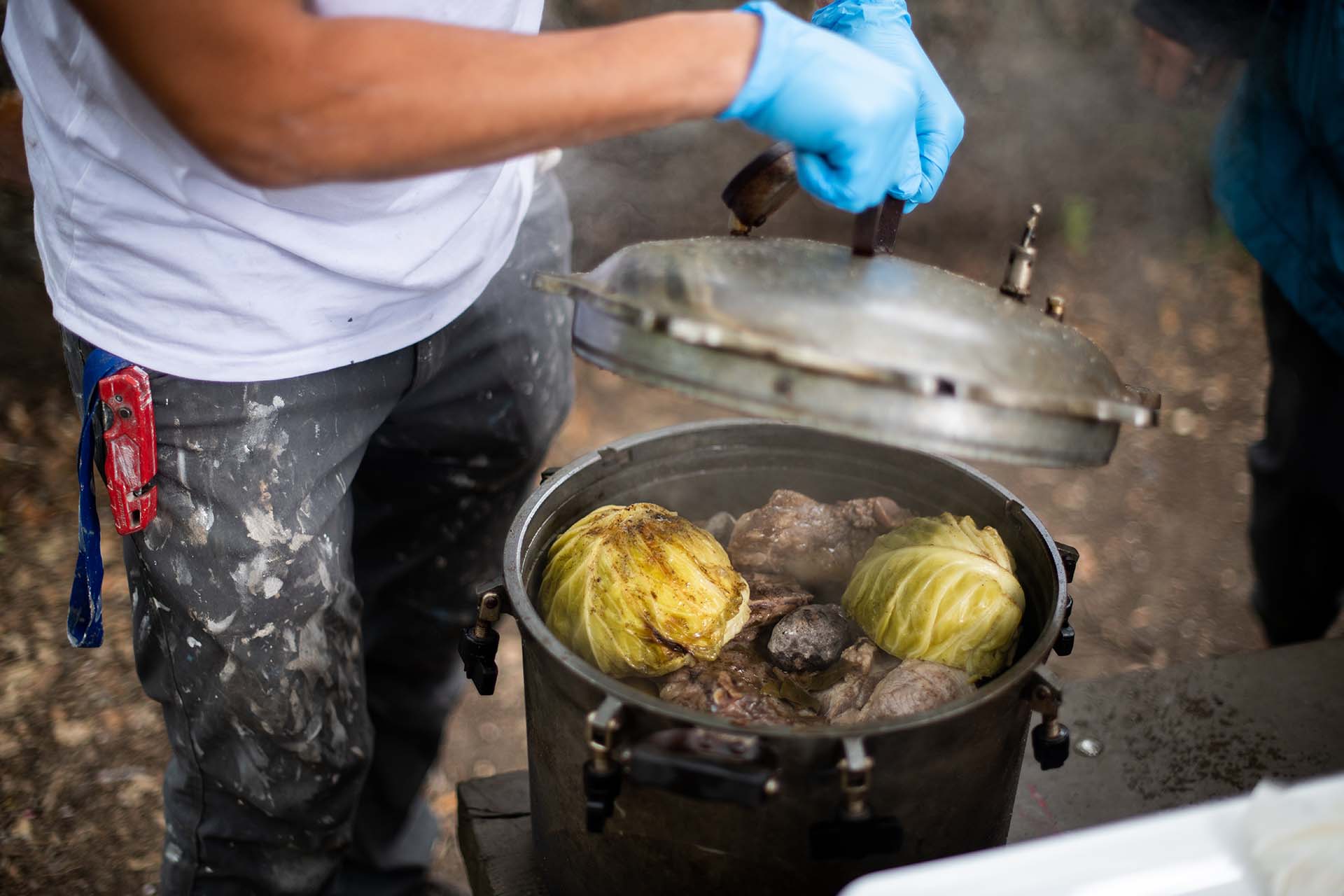KQED’s BBQ in the Bay is a series of stories exploring the Bay Area’s multicultural barbecue scene. New installments will post every day from June 28–July 1.
I didn’t exactly grow up on barbecue. At least, not in a traditional sense.
For the first 20 or so years of my life, I thought of it mostly as a condiment—the sticky-sweet sauce that sometimes came slathered on chicken legs or a rack of baby back ribs. It was the verb I used when friends wanted to get together and throw a bunch of burgers and hot dogs on the grill. “Yo, let’s all meet up at Roosevelt Park to shoot hoops and barbecue.” It was a type of Korean food, maybe.
But eventually, like nearly every other food-obsessed person in the Bay, I became conversant in Barbecue with a capital “B.” Was indoctrinated into the church of “low and slow.” Watched pitmasters pull wobbly, black-crusted briskets straight out of the smoker. Learned to ask for the sauce on the side. Pretended to know more than I did about what constitutes a proper smoke ring.
I even got pedantic about the topic in the way that only true barbecue geeks can. (“That’s not barbecue; that’s just grilling!” are words that may or may not have come out of my mouth.) And, lest I get mocked online by skeptical Texans or North Carolinians, I learned to preemptively say what I’d become convinced was an unvarnished truth—that the Bay Area really didn’t have much of a barbecue culture to speak of.



